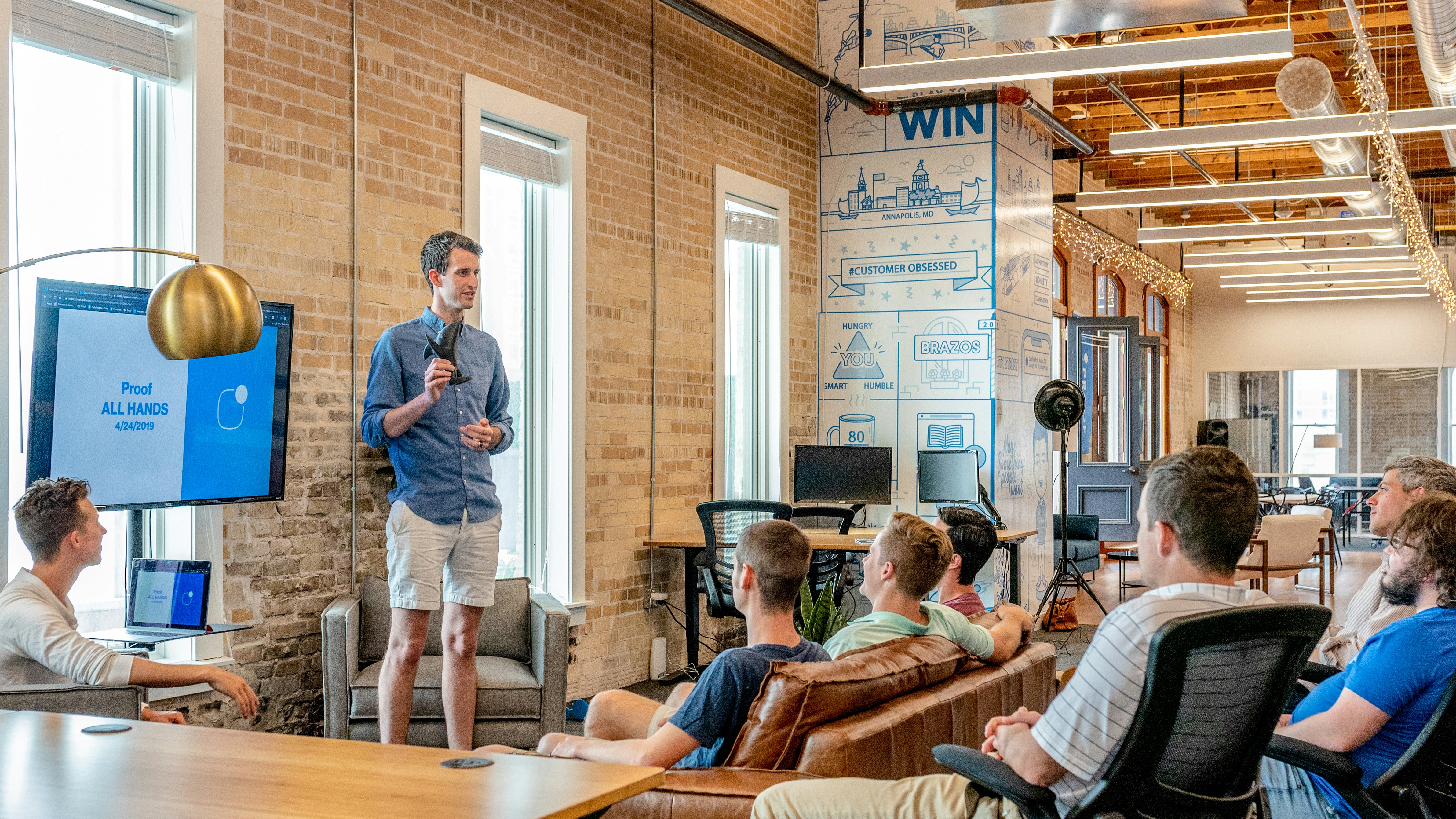Author
Arundhati Bandopadhyaya
Publish Date
Jul 29, 2025
Read Time
14 min
Description
Discover how AI is shifting from automation assistant to strategic business partner. Learn how small teams can use AI to prioritize better, reduce decision fatigue, and align daily execution with long-term goals. Explore the tools, mindset shifts, and real impact of bringing an AI into the room where decisions happen.
The Prioritization Problem for Small Teams
For small teams, everything feels important. You’re wearing multiple hats, juggling urgent fires with long-term growth, and making decisions faster than you can process them. But too often, decisions are driven by emotion, loudest voices, or whatever feels most broken.
The result? You stay busy but not strategic. And the opportunity cost of one wrong priority compounds quickly when you don’t have the luxury of extra time or resources.
How Teams Struggle Without Strategic Prioritization
Task overload.
Small teams face more tasks than available hours. Without a system for ranking them, urgency always wins over impact.Decision fatigue.
Constant micro-decisions about what to do next sap mental energy that could be used on creative or high-leverage work.Misalignment.
Teams unintentionally drift from company goals when they lack a shared framework for what matters most.Momentum stalls.
Without clear priorities, progress slows. The team works hard but isn’t sure if they’re working on the right things.
Stat to note: According to Asana’s Anatomy of Work Report, workers spend 60% of their time on “work about work”, including status updates, chasing approvals, and task switching.

Figure: Knowledge workers spend nearly 60% of their time on “work about work”—tasks like status updates, approvals, and app switching. That leaves only 40% for actual skilled execution. Smart prioritization tools, especially AI-powered ones, can help reclaim that lost focus and drive meaningful progress.
Enter the AI Business Partner
The shift has already begun. AI is no longer just a background tool for writing copy or summarizing meetings. It’s evolving into a strategic layer, a business partner that helps teams prioritize with data, not gut feeling.
Here’s what AI-powered prioritization looks like in practice:
Pattern detection.
AI scans project data, task completion rates, and outcome metrics to highlight which initiatives are truly moving the needle.Contextual nudges.
Instead of another Slack ping, smart systems can surface "what to work on next" based on goals, timelines, and bandwidth.Real-time decision support.
Rather than replacing human judgment, AI partners offer options backed by signals, helping founders and teams make faster, more confident decisions.
What It Means for Small Teams
For small teams, this is a game changer. AI doesn’t just save time, it protects attention. It offloads the mental tax of constantly deciding what’s next and frees people up to focus on execution.
Imagine:
Knowing which 3 projects will deliver 80% of your quarterly impact
Getting a real-time alert when a low-priority task is eating up too much effort
Having a system that aligns everyone’s day-to-day actions with long-term outcomes
This isn’t about “working like a robot.” It’s about letting AI take care of what clutters your brain so you can lead and build with clarity.
How Prioriwise Is Building for This Future
At Prioriwise, we see AI not as a replacement for human strategy, but as a partner in decision-making. Our platform uses AI to surface high-leverage priorities, flag misaligned effort, and help small teams build smarter week over week.
Think of it like an operations advisor who never gets tired and always brings receipts.
We believe AI should reduce noise, not add to it. That’s why our tools are designed to give founders superpowers, not more dashboards.

Figure: Prioriwise’s AI assistant, Jija, creates jobs with clearly defined outcomes, breaks them into actionable tasks, ranks them by priority, and sets the next step automatically. This removes guesswork, reduces cognitive load, and ensures small teams always know what to do next.
Final Thoughts
The rise of AI as a business partner marks a shift from doing faster to deciding smarter. It's about having an intelligent system that not only tells you what was done, but helps you decide what should be done next.
AI won’t replace your instinct or leadership. But it can give you the clarity to act faster, align better, and lead smarter. For small teams trying to do big things, that might be the most valuable partner you could ask for.
Key Takeaways
AI isn’t just about automation anymore, it’s about strategic decision support.
The best AI tools today help founders and teams understand what to work on next, not just how fast they can complete tasks.Prioritization is the real bottleneck for small teams.
Time and energy are limited. AI helps allocate both where they’ll create the most impact.Clarity beats hustle.
Smart prioritization systems cut through task overload, reduce switching costs, and keep the team focused on what really moves the business forward.A well-designed AI partner complements (not replaces) human leadership.
The goal isn’t to remove people from the loop. It’s to elevate their decision-making with better signals, context, and confidence.
